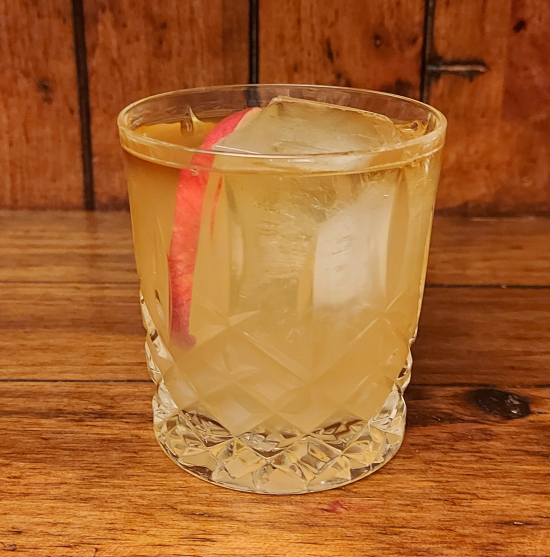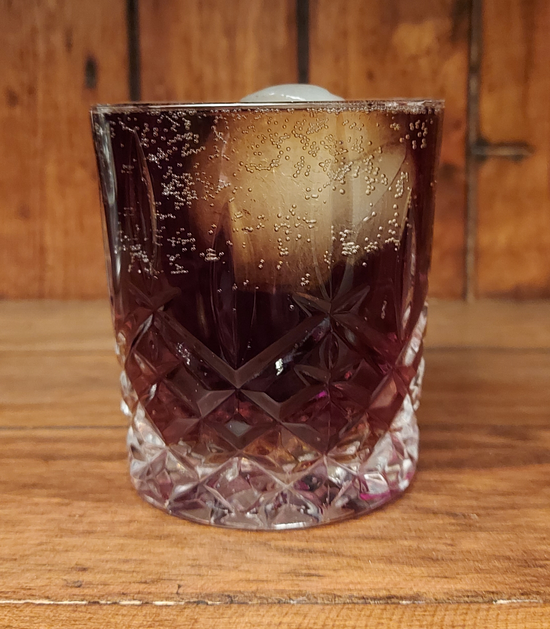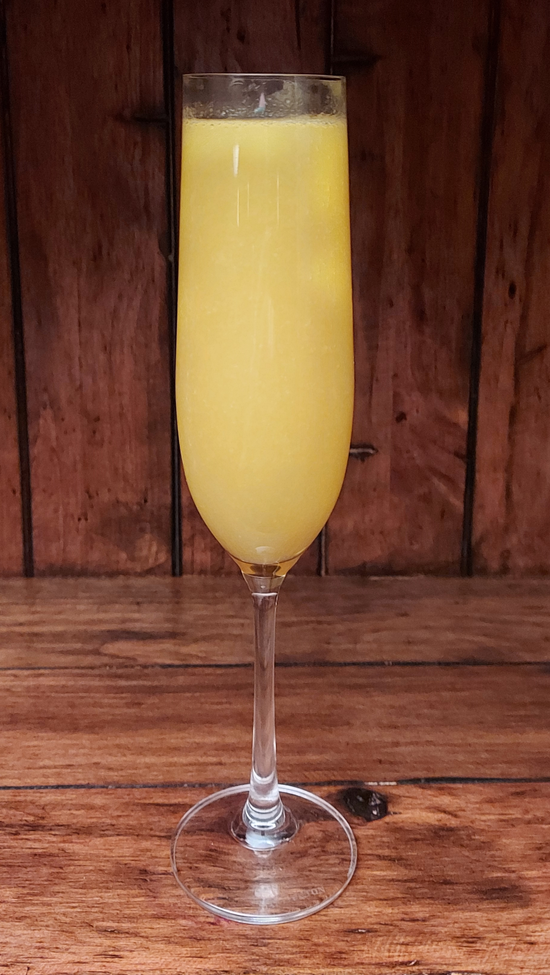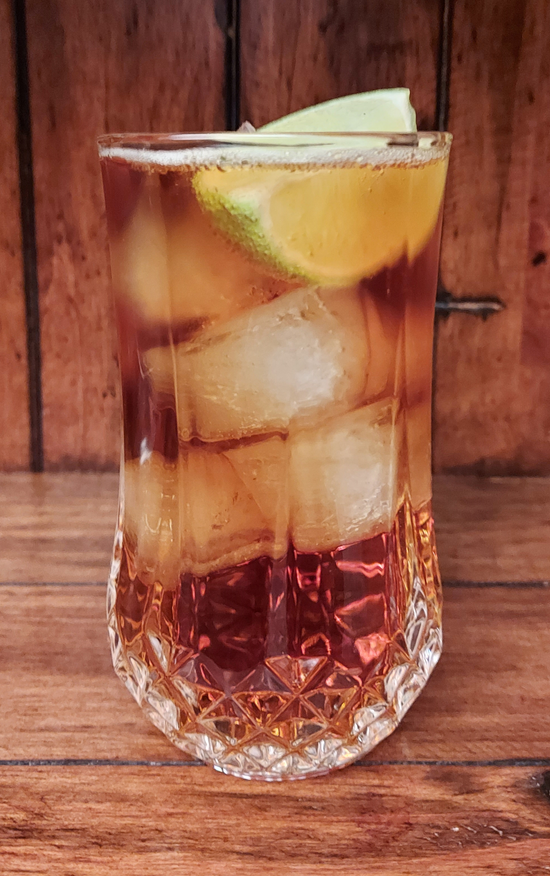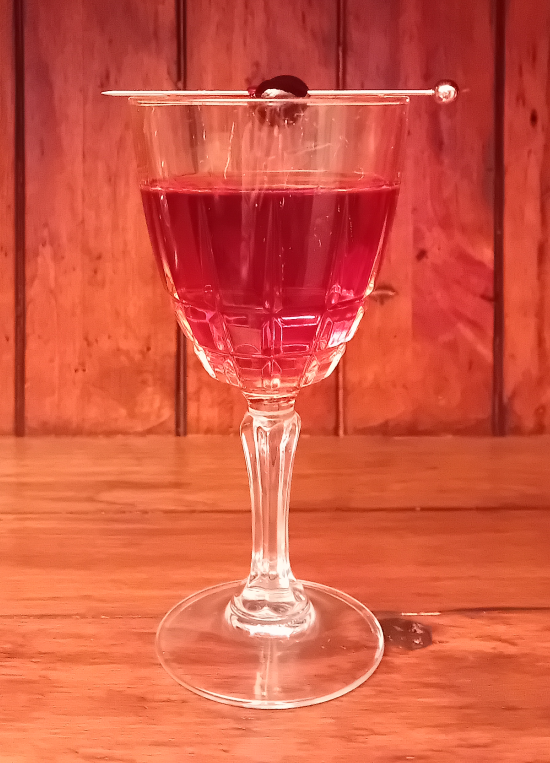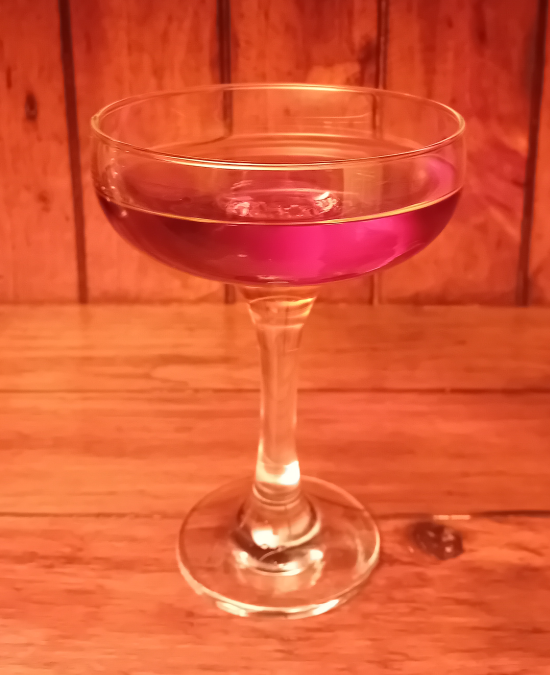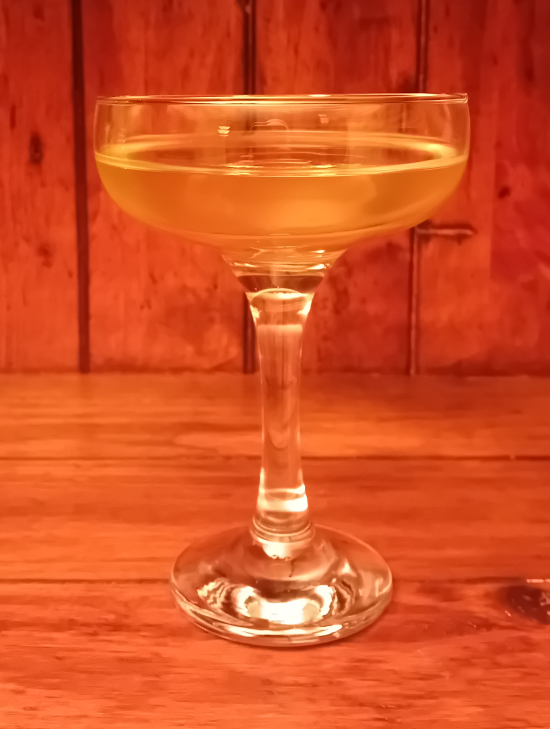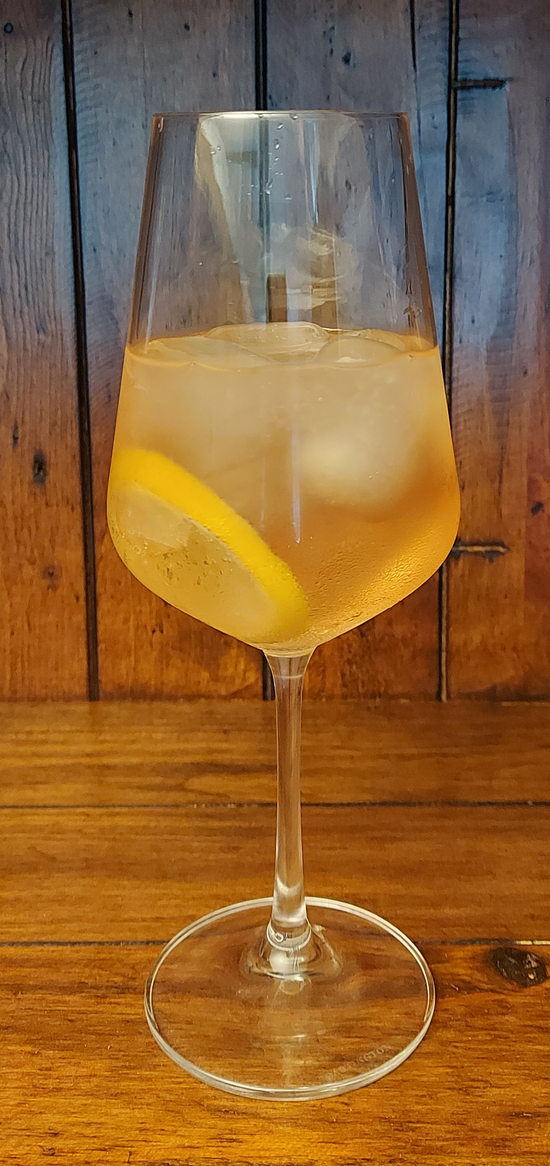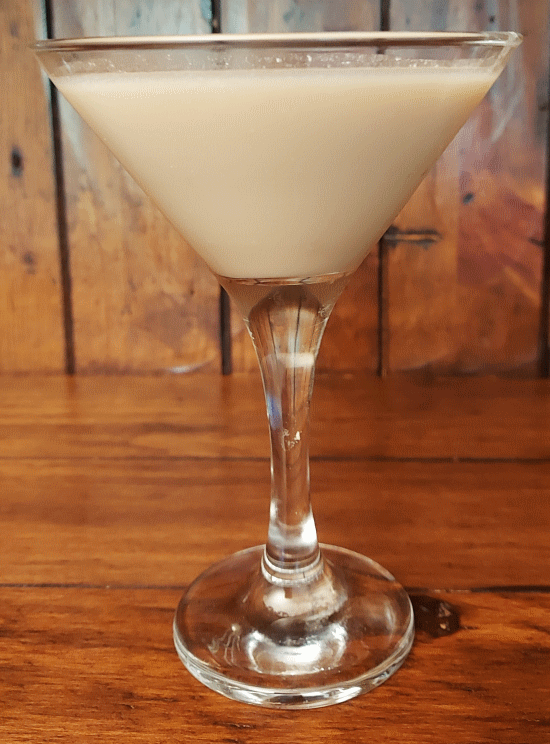Our first cocktail is the Apple Jack, which is a simple cocktail combining Jack Daniel’s Tennessee Whiskey and fresh apple juice.
Category: Cocktails
3rd #cocktail of #FridayNightCocktails on 12th May: Jack and Coke
Our third and final cocktail is the Jack and Coke which is a simple and underrated two-ingredient new American classic cocktail.
2nd #cocktail of #FridayNightCocktails on 12th May: Peach Bellini
Our second cocktail is the Peach Bellini; so simple and yet so tasty.
1st #cocktail of #FridayNightCocktails on 12th May: Pimm’s & Ginger
Our first cocktail is the Pimm’s & Ginger, which is a very easy to make refreshing summer cocktail. This is like a Pimm’s Ginger Cup without the fruit.
3rd #cocktail of #KingCharlesIII #Coronation #Cocktails: Coronation Cocktail (Old Waldorf’s)
Our third and final cocktail is the Coronation Cocktail (Old Waldorf’s). The recipe was adapted from Old Waldorf Bar Days, 1931, by Albert Stevens-Crockett’s.
2nd #cocktail of #KingCharlesIII #Coronation #Cocktails: Coronation Cocktail (Jacques Straub’s)
Our second cocktail is the Coronation Cocktail (Jacques Straub’s). The recipe was adapted from Drinks, 1914, by Jacques Straub.
1st #cocktail of #KingCharlesIII #Coronation #Cocktails: Coronation Cocktail No.1
Our first cocktail is the Coronation Cocktail No.1. Our recipe was adapted from The Savoy Cocktail Book, 1930, by Harry Craddock, but the cocktail first appeared in Charles S. Mahoney’s 1905 The Hoffman House Bartender’s Guide.
This cocktail was created for, or soon after, the coronation of King Edward VII who became King on 22nd January 1901 after the death of his mother, Queen Victoria.
3rd #cocktail of #FridayNightCocktails on 5th May: Pink Elderflower Spritz
Our third and final cocktail is the Pink Elderflower Spritz; a spritz which combines St-Germain elderflower liqueur and a rose sparkling wine.
2nd #cocktail of #FridayNightCocktails on 5th May: Rosé Spritz
Our second cocktail is the simple Rosé Spritz, which combines a rosé wine with tonic water.
1st #cocktail of #FridayNightCocktails on 5th May: Bee’s Kiss
Our first cocktail is the Bee’s Kiss, which is a rich, creamy cocktail, using honey syrup, which first appeared in Trader Vic’s Book of Food and Drink, 1946. This modern version changes the ratio and goes heavier on the rum..

